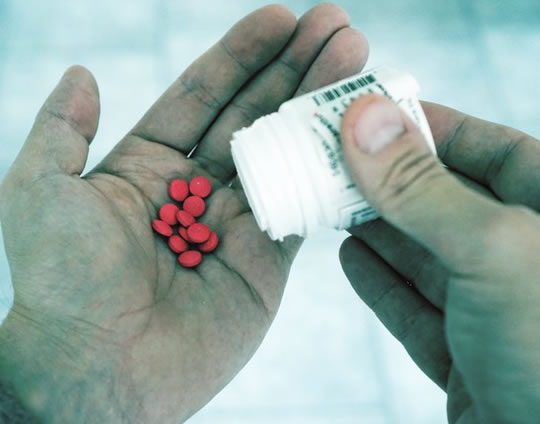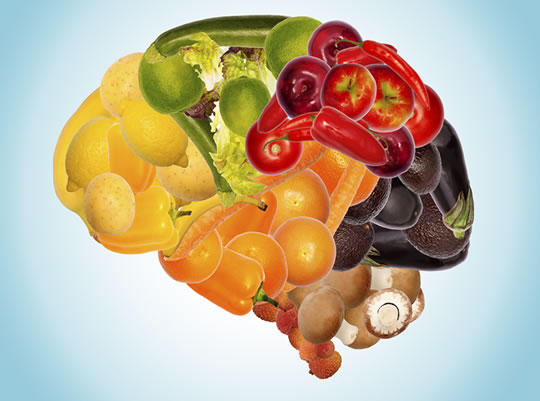Greater brain activity seen in the prefrontal cortex, an area vital for the brain’s higher functions.
Making art activates the brain’s reward pathways, new research finds.
Doodling in particular boosts the blood flow through the prefrontal cortex.
The prefrontal cortex (above the eyes) is the area of the brain linked to regulating our higher functions like our thoughts, feelings and actions.
The study had both artists and non-artists either doodling, free drawing or colouring between the lines.
For artists, doodling was linked to slightly higher levels of brain activity.
Dr Girija Kaimal, who led the study, said:
“This shows that there might be inherent pleasure in doing art activities independent of the end results.
Sometimes, we tend to be very critical of what we do because we have internalized, societal judgements of what is good or bad art and, therefore, who is skilled and who is not.
We might be reducing or neglecting a simple potential source of rewards perceived by the brain.
And this biological proof could potentially challenge some of our assumptions about ourselves.”
Dr Kaimal said:
“There are several implications of this study’s findings.
They indicate an inherent potential for evoking positive emotions through art-making — and doodling especially.
Doodling is something we all have experience with and might re-imagine as a democratizing, skill independent, judgment-free pleasurable activity.”
The study was published in the journal The Arts in Psychotherapy (Kaimal et al., 2017).










